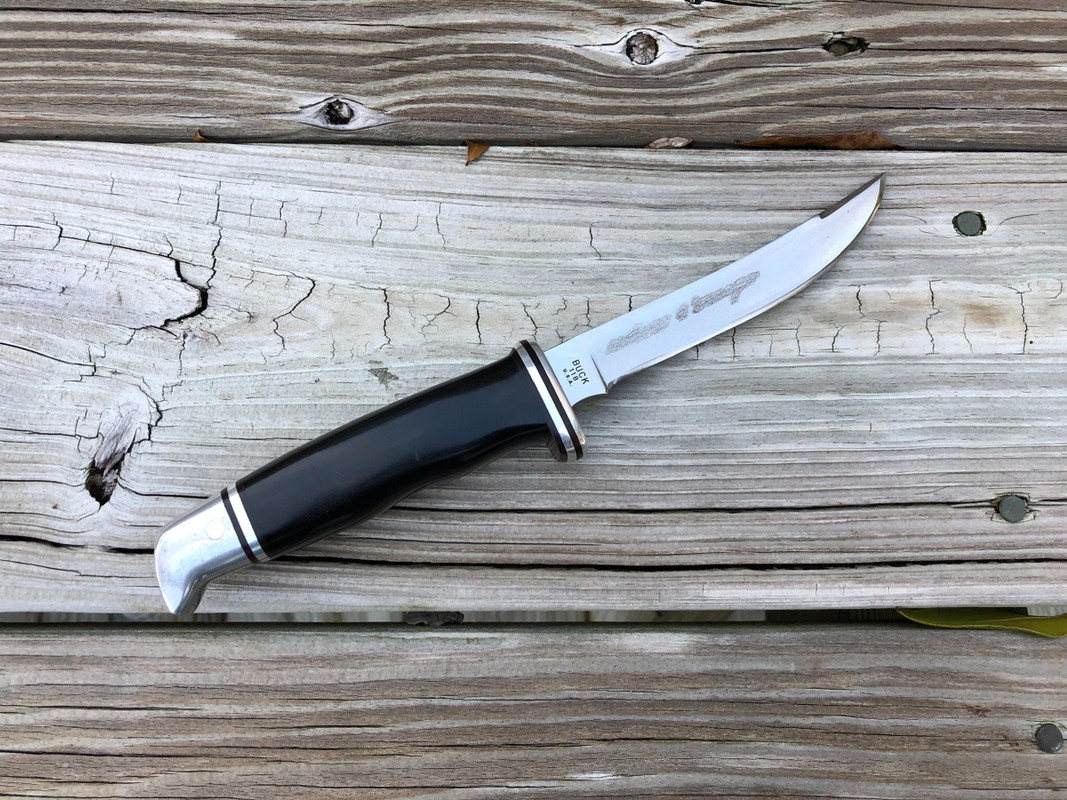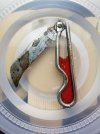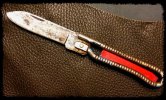This is just my personal method, so use some discretion as it may not be for everyone.
# 1 Steel, brass, and nylon brushes and wheels for my dremel
#2 mineral oil and WD-40
#3 air compressor
#4 Toothpicks and cotton swabs
The wire wheels / brushes are fine and relatively soft compared to those for drills and grinders, they're great for targeting just the rust.
I use the steel or brass on medium to remove the rust from the blades and insides and I'll use the nylon to clean the scales on lower speed.
The nylon wheel often brings a bit of luster back to bone and delrin scales.
I just make sure to put a couple layers of masking tape over the bolsters and scales when using the metal wheels.
And I use the oil, toothpicks and cotton swabs to clean out the insides.
Lastly I blow everything out with the air compressor, re- oil the joints , and sharpen it up.
Here's one i just did last week.
It didn't have a ton of rust, but there was rust none the less.
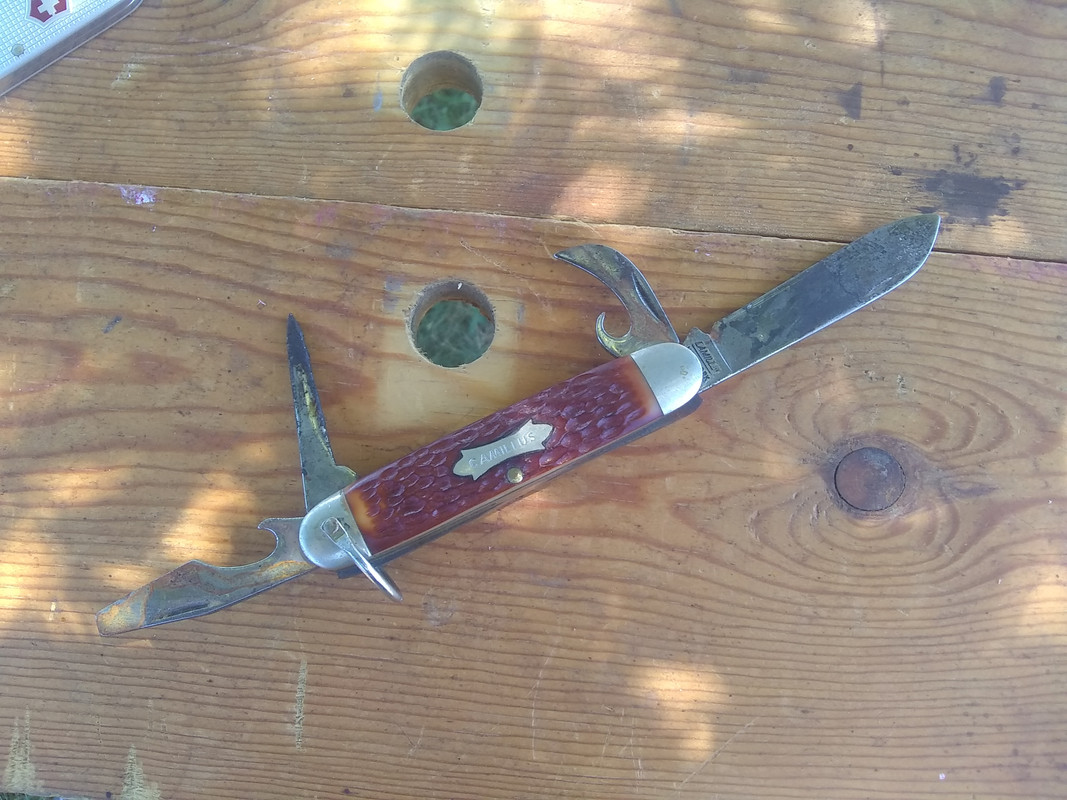
Now a the rust is gone with all the patina remaining, and it doesn't look like people assume when any kind of motorized wire brush was used.

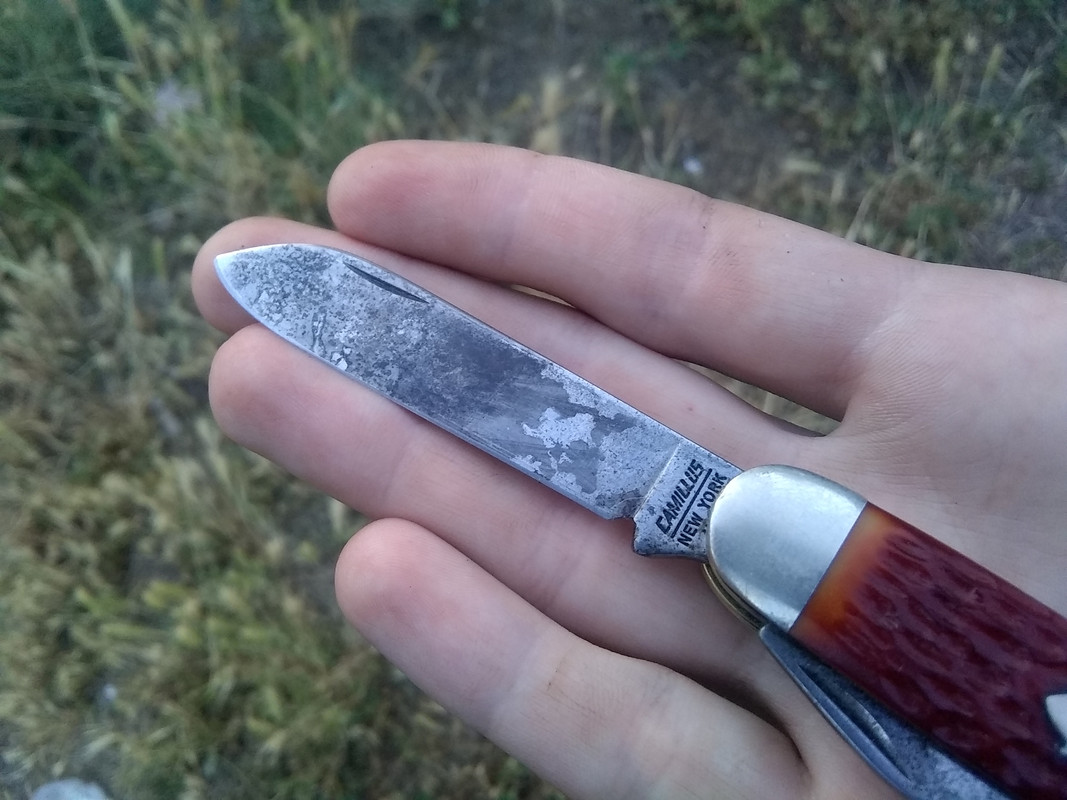
It works great if you don't go crazy, and don't run the tool full speed either. You've gotta wear eye protection either way but the little rotary tool brushes spit wires like crazy on high speed.




